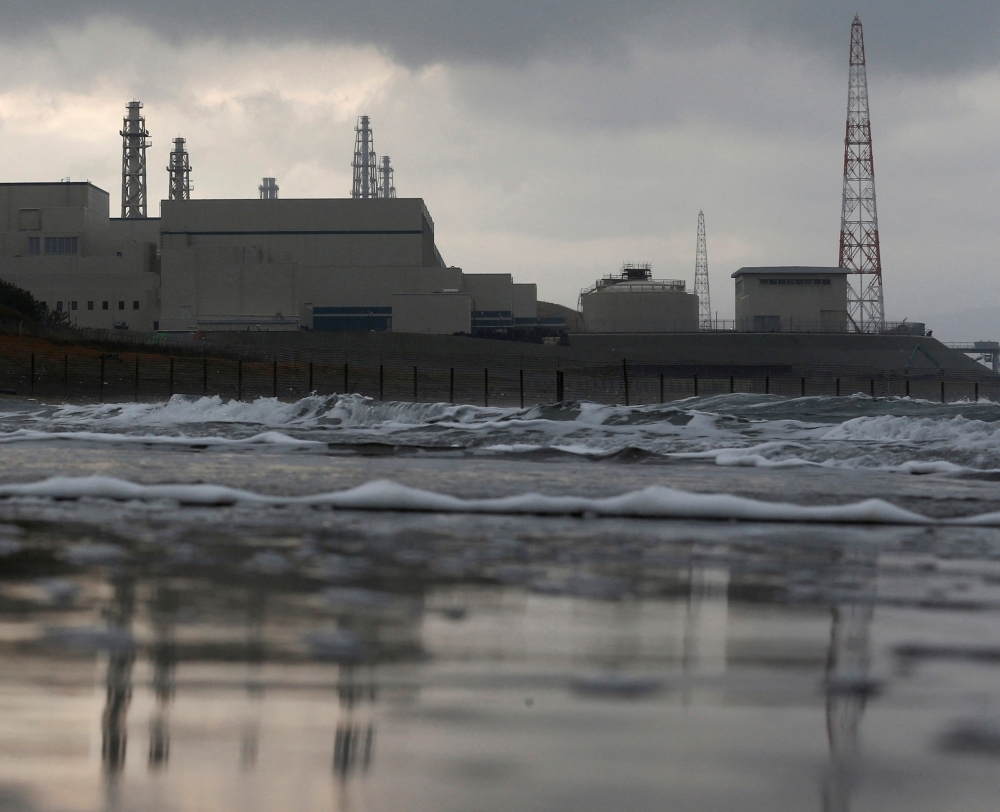Niigata Prefecture Governor Hideyo Hanazumi has approved a partial restart of the Kashiwazaki-Kariwa nuclear power plant, the world’s largest, moving Japan a step closer to reviving its nuclear sector and reducing reliance on fossil fuel imports.
This decision removes the final major obstacle for Tokyo Electric Power Co (Tepco), which plans to restart one or two of Kashiwazaki-Kariwa’s largest reactors. However, Hanazumi will still seek a vote of confidence from the prefectural assembly during its regular session starting December 2.
If approved, this would be Tepco’s first nuclear restart since the devastating 2011 Fukushima Daiichi disaster, which forced Japan to shut down all 54 reactors operating at the time. The restart is seen as crucial for Japan, which has since relied heavily on imported fossil fuels, exposing the country to supply shocks and soaring energy costs.
Residents of Niigata remain divided over the restart. While some support it as a step toward energy security, others express concerns about safety. Hanazumi emphasized the importance of sharing accurate safety information to increase public understanding.
Prime Minister Sanae Takaichi, who assumed office last month, has voiced support for relaunching more reactors to strengthen energy security and address Japan’s high import costs. Last year, the country spent ¥10.7 trillion (RM282 billion) on imported liquefied natural gas (LNG) and coal, accounting for nearly 10% of total imports.
Chief Cabinet Secretary Minoru Kihara highlighted that restarting the reactors is vital to reducing electricity costs and securing decarbonized power sources.
Currently, Japan has restarted 14 out of 33 operable reactors. Tepco intends to bring units No. 6 and No. 7 online, which together can generate 2,710 megawatts, roughly a third of the plant’s total capacity of 8,212 MW. Some of the other five units at the facility may be decommissioned.
In October, Tepco completed checks at the No. 6 reactor after fuel loading, confirming that all main systems required for startup were functioning correctly. Analysts at Kpler have already lowered Japan’s LNG import forecasts for next year by 3 million metric tons, anticipating the impact of nuclear restarts.
Meanwhile, Kansai Electric Power, Japan’s top nuclear operator, is surveying potential new reactor projects—the first since Fukushima. Tepco’s shares closed 1.9% down today, slightly recovering after news of mishandled confidential documents at the plant, outperforming the broader Nikkei index decline of 2.4%.
Despite these developments, Tepco continues to manage ongoing compensation claims from the 2011 Fukushima disaster, still regarded as the world’s worst nuclear accident since Chernobyl in 1986.
This milestone represents more than just a technical achievement; it reflects Japan’s journey toward balancing energy security, environmental responsibility, and public trust. For residents, policymakers, and global observers alike, it’s a reminder that energy decisions are deeply human—shaped by safety concerns, economic pressures, and the hope for a stable, sustainable future.








